How to Activate your Glutes
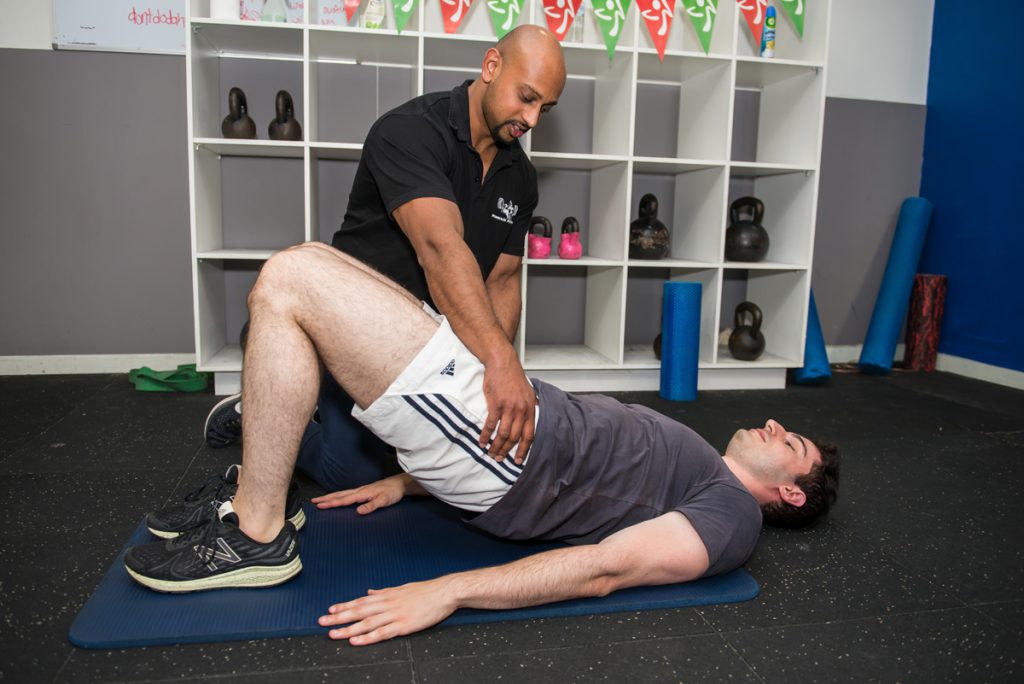
Your glutes, also known as your gluteal muscles, are one of the most important muscle groups in your body. They are responsible for hip extension, abduction and external rotation. This means that they play a vital role in walking, running, squatting and lifting. Unfortunately, many people have weak or inactive glutes. This can lead to […]
Is it OK to squat deep?
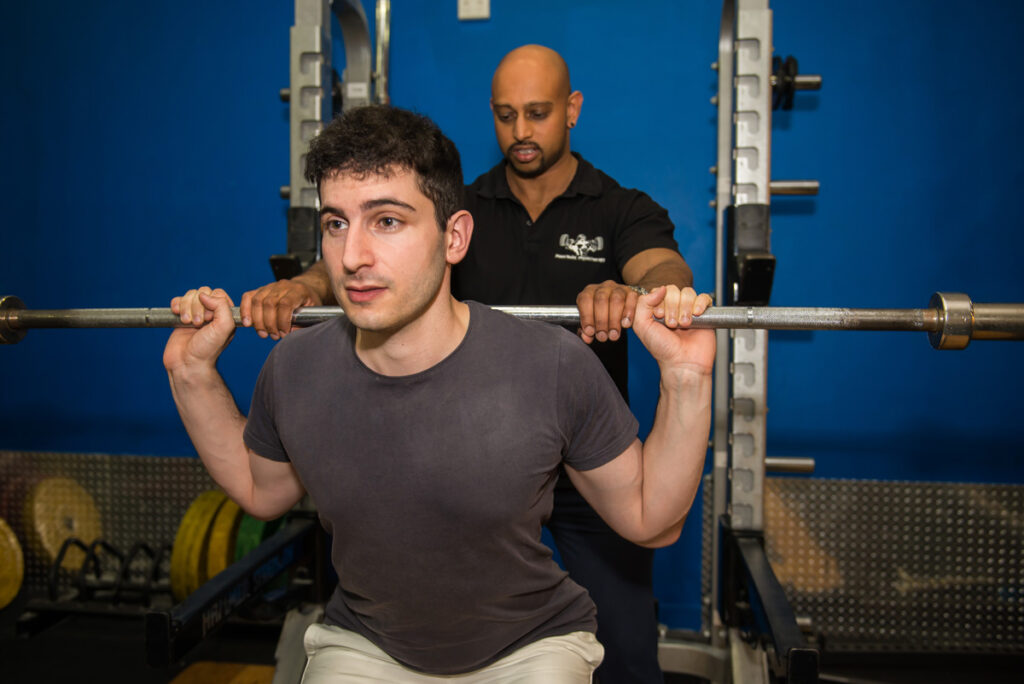
The squat is a compound exercise that works multiple muscle groups in the lower body and core. It is one of the most effective exercises for building strength, power and muscle mass. There is a common misconception that squatting deep can be dangerous for your knees. However, research has shown that deep squatting is safe […]
Do you need a scan for your injury?
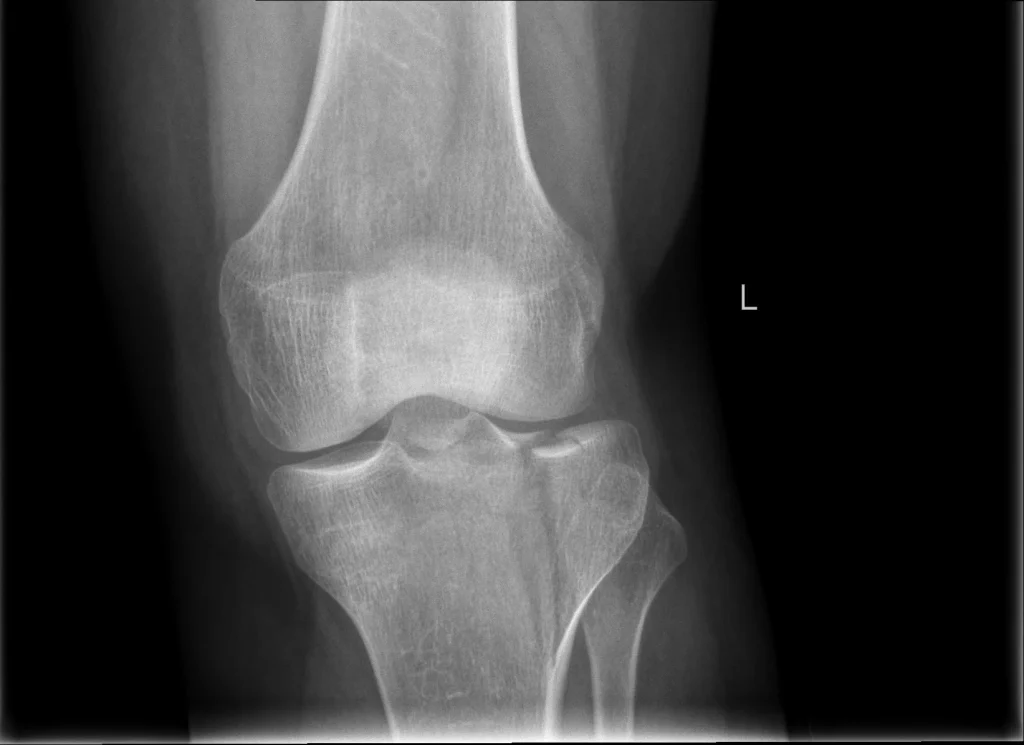
If you have an injury, it is natural to wonder if you need to get a scan. After all, you want to make sure that you know what is wrong and that you are getting the best possible treatment. However, scans are not always necessary and they can be expensive and time-consuming. So, how do […]
Upper limb pain in the lifter: A physiotherapy perspective
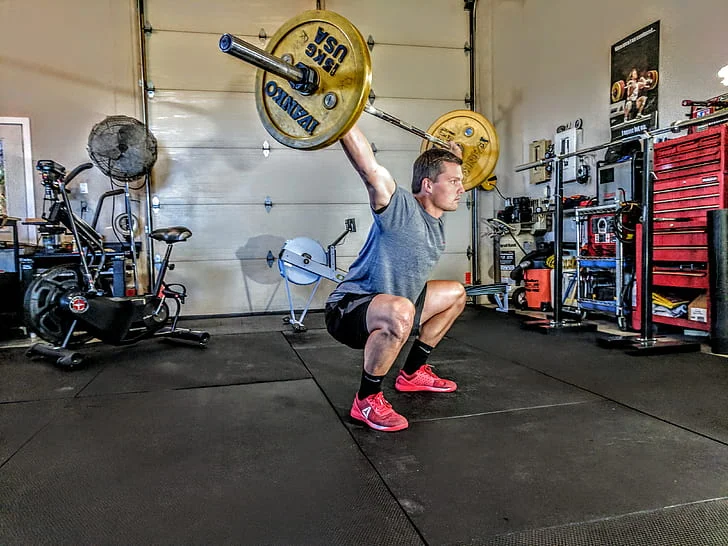
Upper limb pain is a common problem among lifters of all levels of experience. It can occur in any of the joints of the upper limb, including the shoulder, elbow, wrist and hand. There are a number of factors that can contribute to upper limb pain in lifters, including: Common upper limb injuries in lifters […]
Manual and Exercise Therapy: Which is Better?
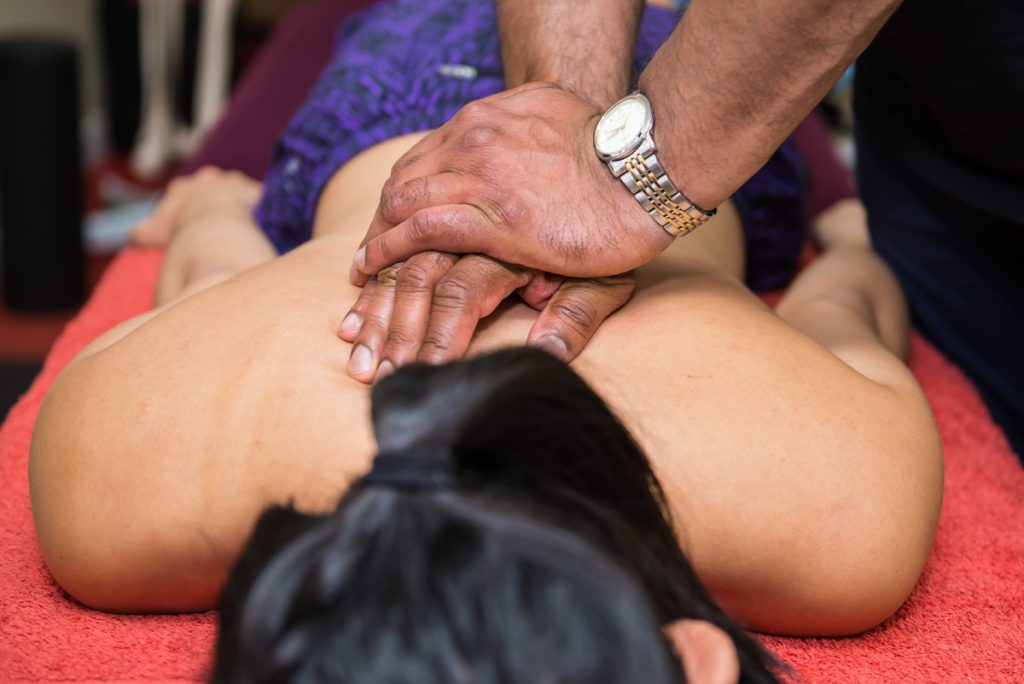
Manual therapy and exercise therapy are two of the most common treatments used in physiotherapy. Manual therapy involves the use of hands-on techniques to improve joint mobility, reduce pain and increase range of motion. Exercise therapy involves the use of specific exercises to improve strength, endurance and flexibility. So, which is better? Manual therapy or […]
The Importance of a Detailed Assessment in Physiotherapy
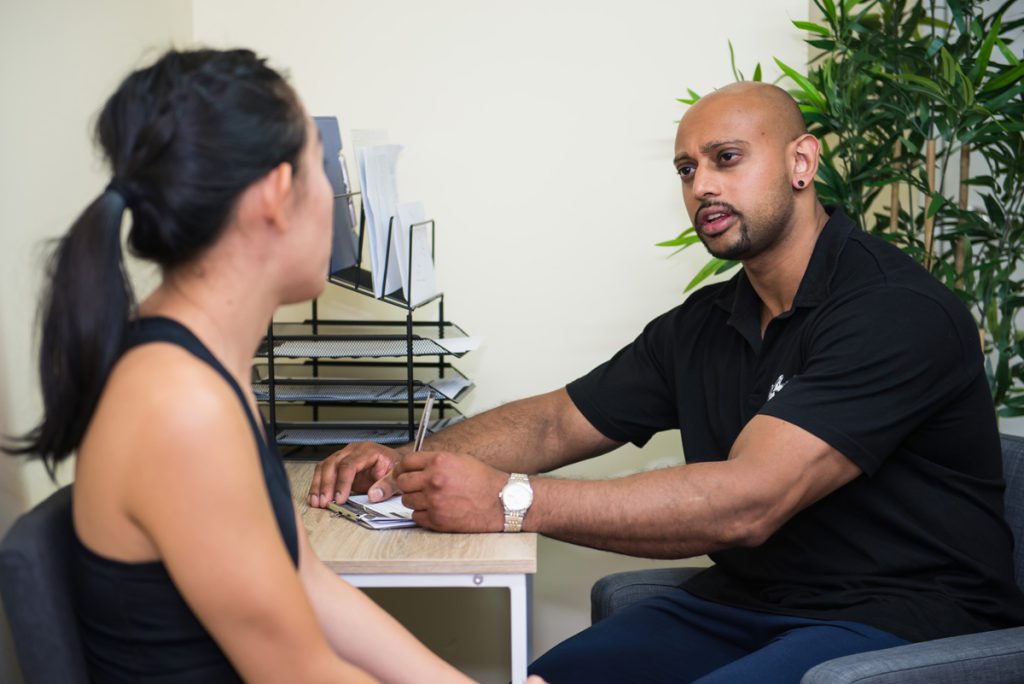
A detailed assessment is essential for any physiotherapy treatment plan. It allows the physiotherapist to: The assessment process typically begins with a thorough history taking. The physiotherapist will ask the patient about their pain, its location, onset, duration and severity. They will also ask about the patient’s activities, work and hobbies. This information helps the […]
Trigger Point Therapy: What It Is and How It Works

Trigger point therapy is a type of massage therapy that involves applying pressure to specific points in muscles that are tender and tight. These points are called trigger points and they can cause pain and referred pain (pain that is felt in a different area of the body). Trigger points are thought to be caused […]
5 Tips to Reduce Post Exercise Muscle Soreness

After a tough workout, it’s not uncommon to experience some muscle soreness. This is known as delayed onset muscle soreness (DOMS) and is caused by microscopic tears in your muscle fibers. While DOMS is usually harmless and goes away on its own within a few days, there are a few things you can do to […]
Why Do My Joints Crack?
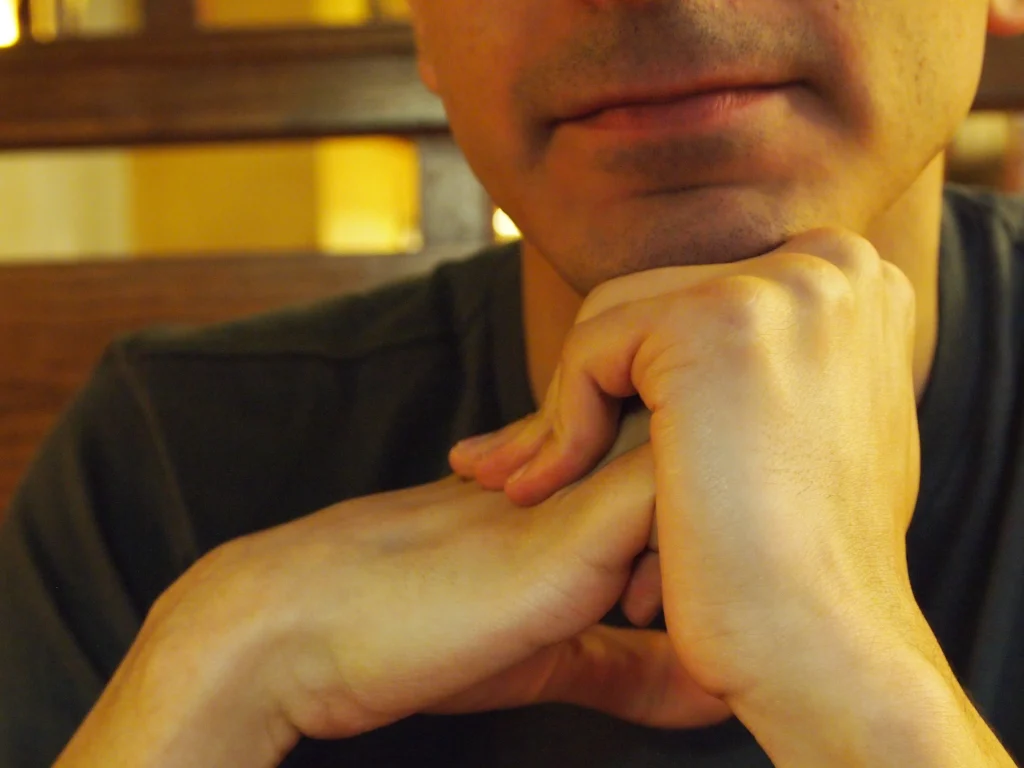
Have you ever cracked your knuckles and heard that satisfying popping sound? Or maybe you’ve noticed that your knees or back crack when you move around. While it can be a bit alarming to hear your joints popping, it’s usually nothing to worry about. In most cases, joint cracking is caused by the release of […]
How Exercise Can Help Your Mental Health

Exercise is often thought of as a way to improve physical health, but it can also have a significant impact on mental health. Studies have shown that exercise can help to reduce stress, anxiety and depression, as well as improve mood, self-esteem and sleep quality. How does exercise work to improve mental health? There are […]
